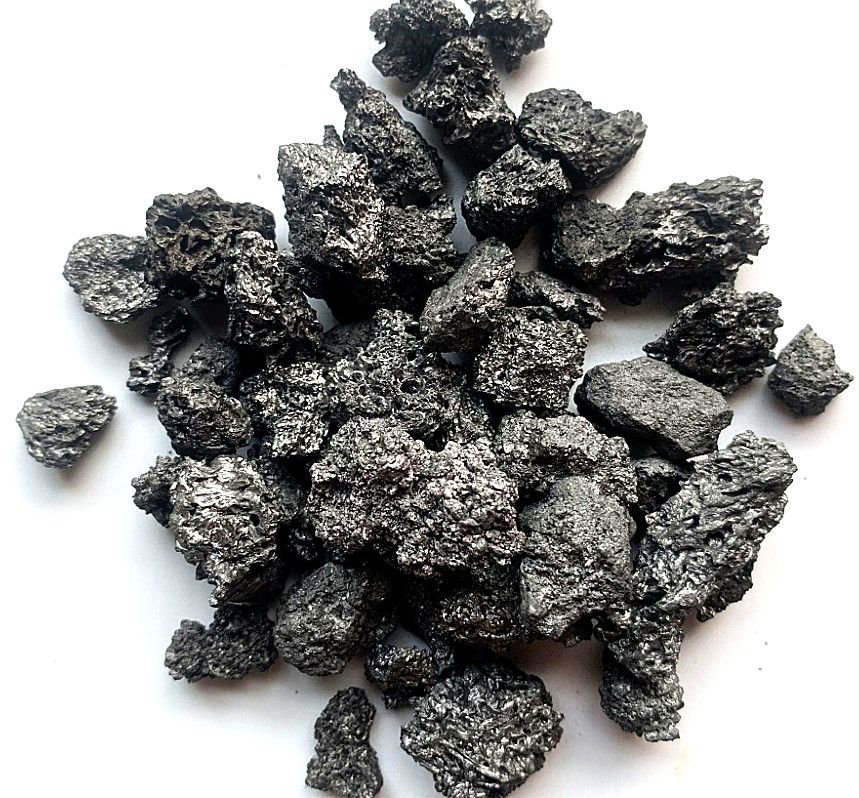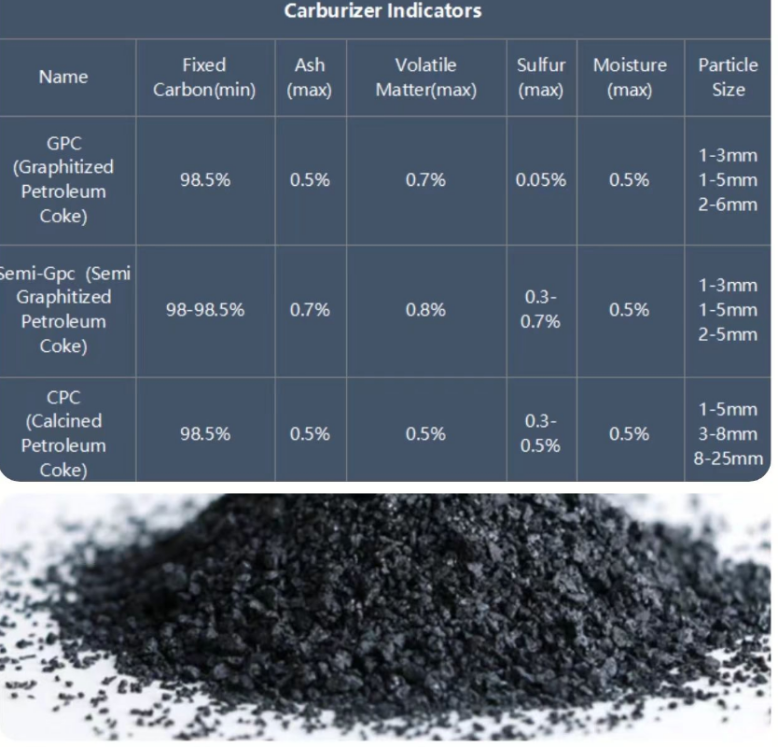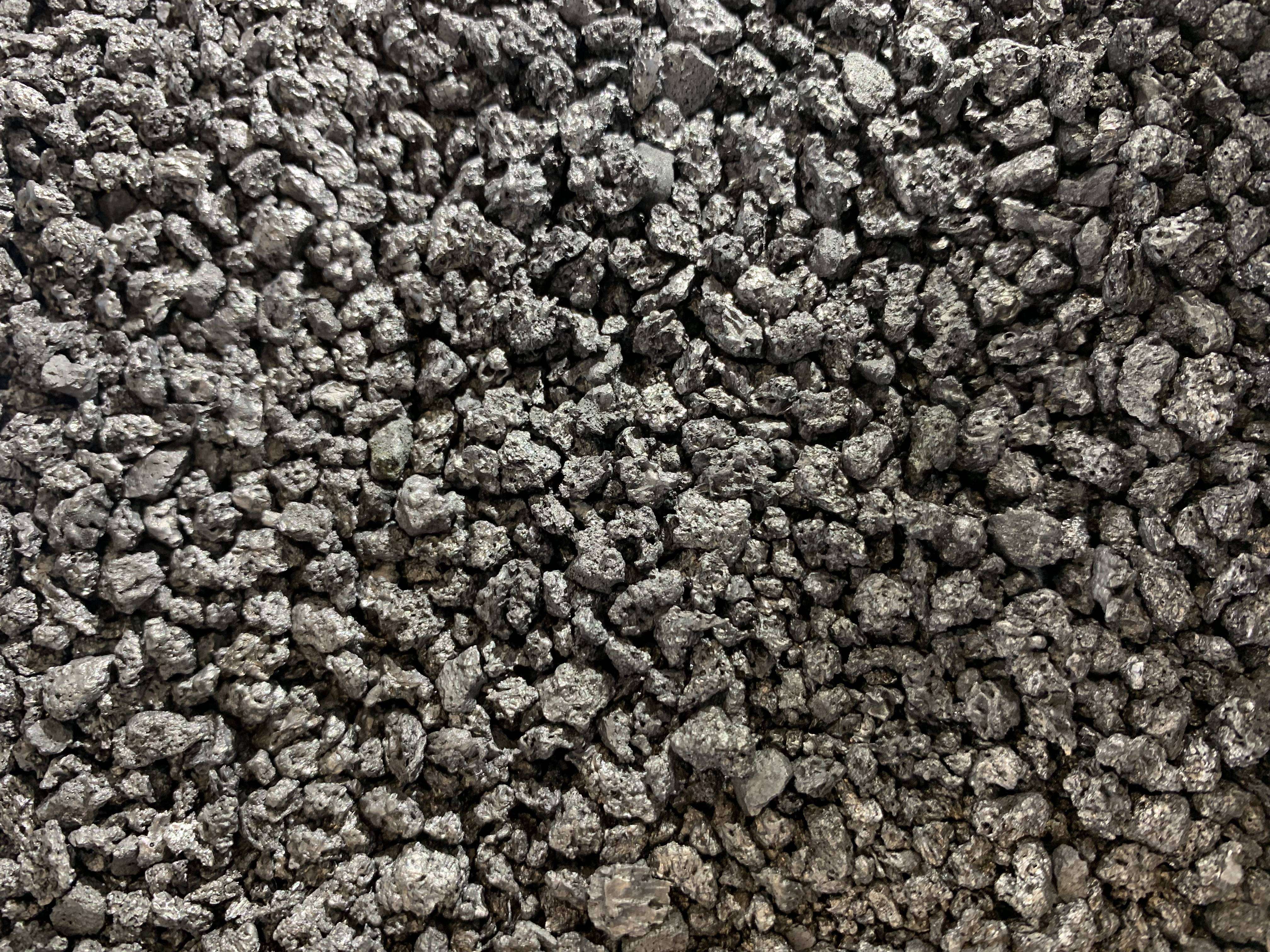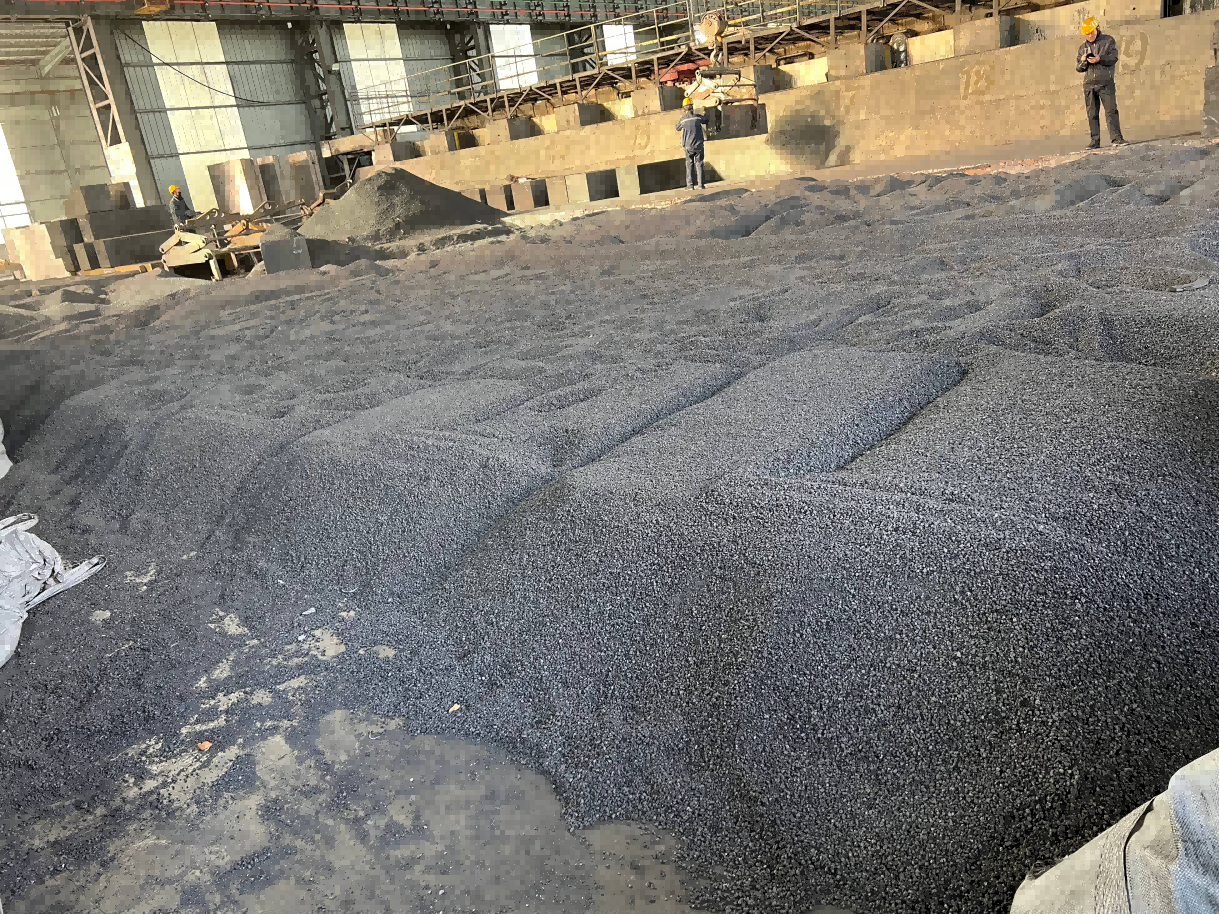The impact of carbon content of carburizer on the foundry industry
The impact of the carbon content of the recarburizer on the foundry industry is mainly reflected in increasing the use of scrap steel,
reducing the use of pig iron, improving the quality of castings, and meeting specific production needs.

The recarburizer is a material used in the casting process. Its main function is to increase the carbon content in the casting,
thereby improving the mechanical properties and chemical composition of the casting.
The carbon content of the recarburizer directly affects the material selection and production process in the casting process.
Specifically, a high carbon content in the recarburizer can significantly increase the amount of scrap steel used,
reduce the amount of pig iron used, or completely eliminate pig iron. This practice is particularly common in electric furnace smelting of gray iron,
where the use of more scrap steel and graphitized recarburizer has become a common practice.

The high carbon content of the recarburizer helps to increase the carbon content of the casting,
thereby improving the mechanical properties of the casting, such as hardness, wear resistance and corrosion resistance.
At the same time, the high carbon content recarburizer can also meet the quality requirements of users for pretreatment and production of synthetic cast iron,
because these recarburizers have the characteristics of stable chemical composition, high fixed carbon content, less harmful elements and high absorption rate.

In summary, the carbon content of the recarburizer has a significant impact on the foundry industry.
It can not only optimize production costs and improve production efficiency, but also ensure that the quality of castings meets specific mechanical performance requirements.

